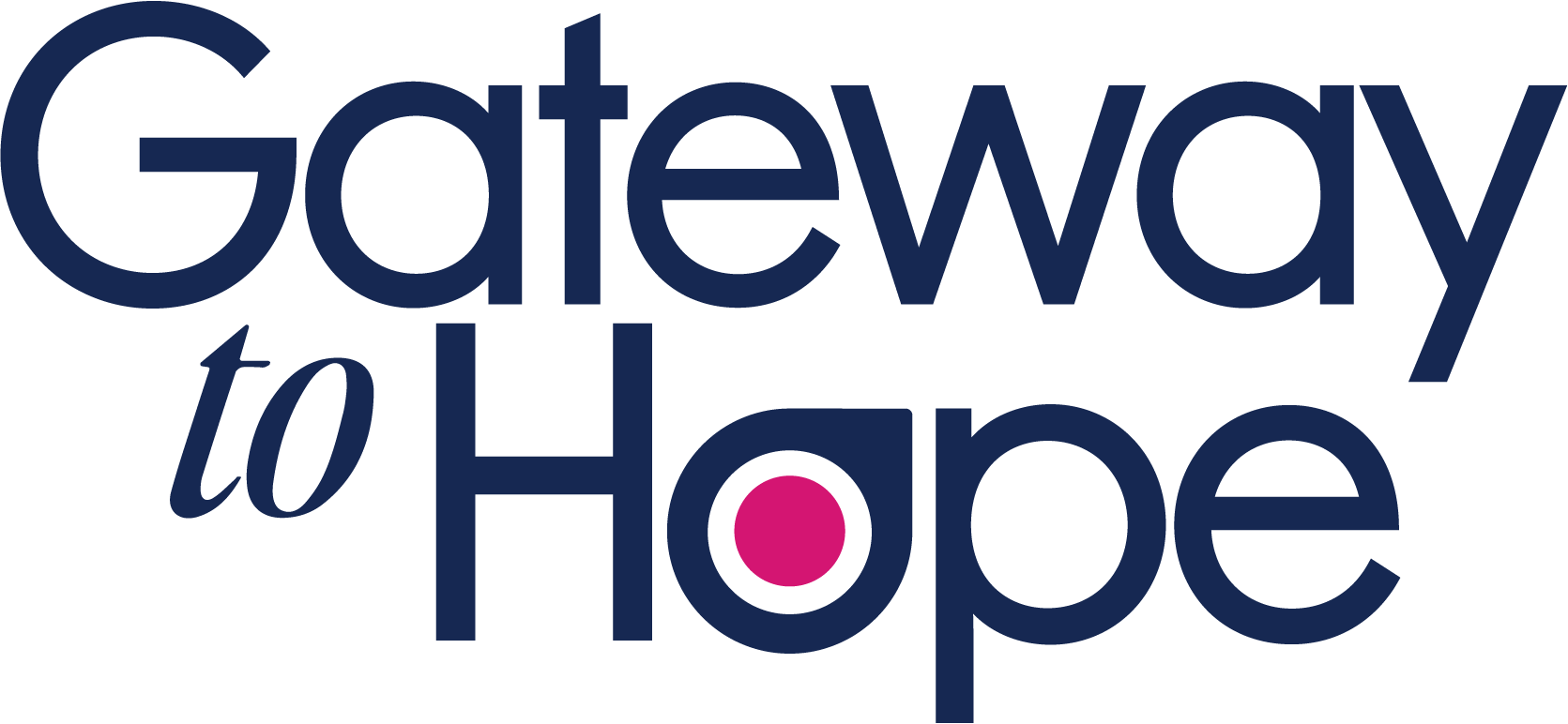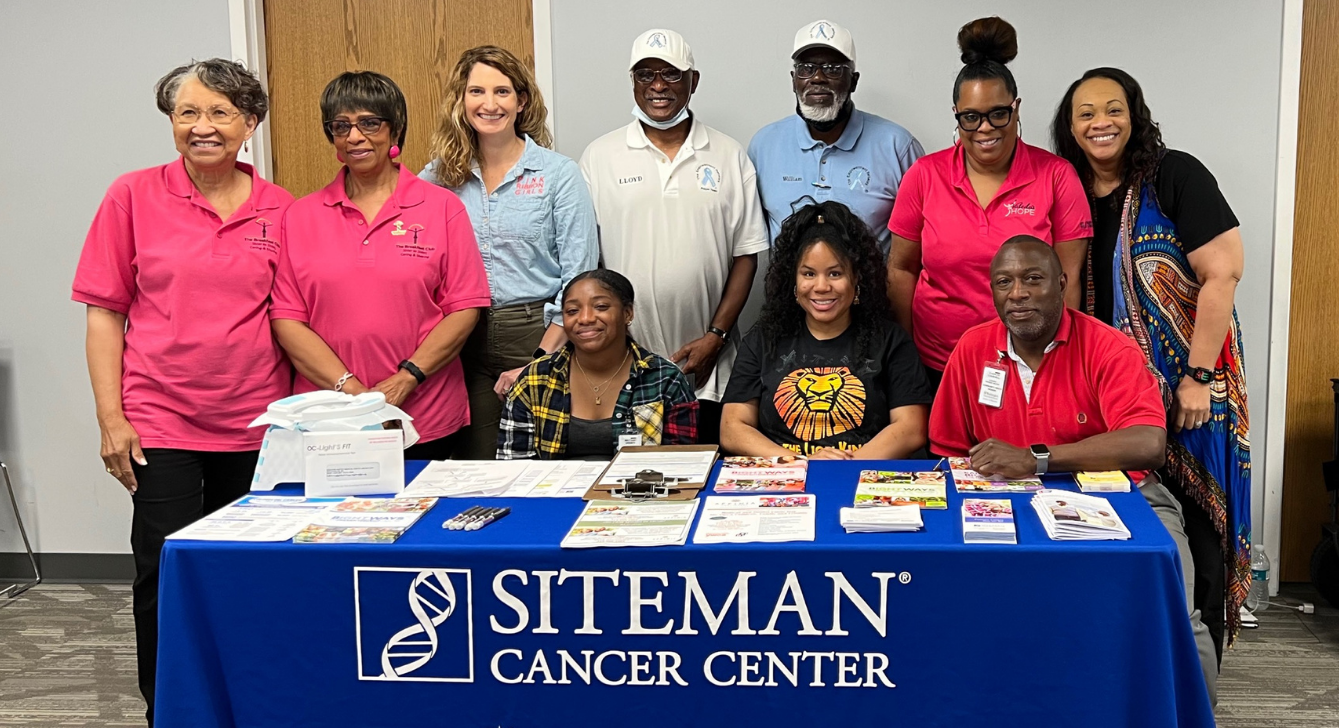Photo: Mary, GTH Recipient
Health disparities in breast cancer care remain a significant challenge, affecting outcomes for many individuals across the United States. These disparities, rooted in systemic inequities and social determinants of health, mean that not everyone has the same access to life-saving screenings, treatments, and support. Gateway to Hope is committed to addressing these disparities and ensuring equitable care for all.
The Reality of Health Disparities in Breast Cancer Care
Breast cancer does not discriminate, but the healthcare system often does. Disparities in breast cancer care are evident in:
- Racial Inequities: Black women are more likely to be diagnosed with aggressive forms of breast cancer and have a 40% higher mortality rate compared to white women.
- Socioeconomic Barriers: Low-income individuals face challenges affording screenings, treatments, and associated costs such as transportation or childcare.
- Geographic Challenges: Rural communities often lack access to specialized breast cancer care and diagnostic facilities.
- Insurance Gaps: Individuals without adequate health insurance may delay or forgo necessary screenings and treatments.
Several factors contribute to these disparities, including:
- Systemic Bias: Implicit bias in healthcare settings can lead to unequal treatment recommendations and outcomes.
- Lack of Awareness: Limited education about breast cancer risks and symptoms can delay early detection.
- Financial Strain: The high cost of medical care often forces patients to make difficult choices.
- Access Issues: Geographic and transportation barriers hinder access to regular screenings and specialized care.
Gateway to Hope’s Role in Addressing Disparities
Gateway to Hope is dedicated to bridging the gap in breast cancer care by providing comprehensive support to underserved populations. Here’s how we tackle health disparities.
- Financial Assistance: We offer funding to help cover the costs of screenings, treatments, and daily living expenses for those facing financial hardship.
- Patient Navigation: Our patient navigators guide individuals through the complex healthcare system, connecting them with providers, securing appointments, and ensuring follow-up care.
- Community Outreach and Education: Gateway to Hope partners with local organizations to raise awareness about breast cancer risks, early detection, and available resources, especially in underserved communities.
- Advocacy for Policy Change: We work with policymakers to push for equitable healthcare policies that improve access to care and reduce systemic barriers.
- Building Partnerships: By collaborating with healthcare providers, nonprofits, and community leaders, we extend our reach and amplify our impact.
How You Can Help
Creating equitable breast cancer care is a collective effort. Here’s how you can support the mission.
- Donate: Contribute to Gateway to Hope to help us expand our programs and reach more individuals.
- Volunteer: Offer your time to assist with community outreach, events, or administrative tasks.
- Advocate: Raise your voice for policies that promote healthcare equity and reduce systemic barriers.
- Spread Awareness: Share resources and information about breast cancer care disparities and available support.
Understanding and addressing health disparities in breast cancer care is essential to achieving better outcomes for all.
Gateway to Hope is proud to be part of the solution, providing resources, education, and support to ensure that no one faces breast cancer alone. Together, we can build a future where everyone has the opportunity to access life-saving care, regardless of their circumstances.



